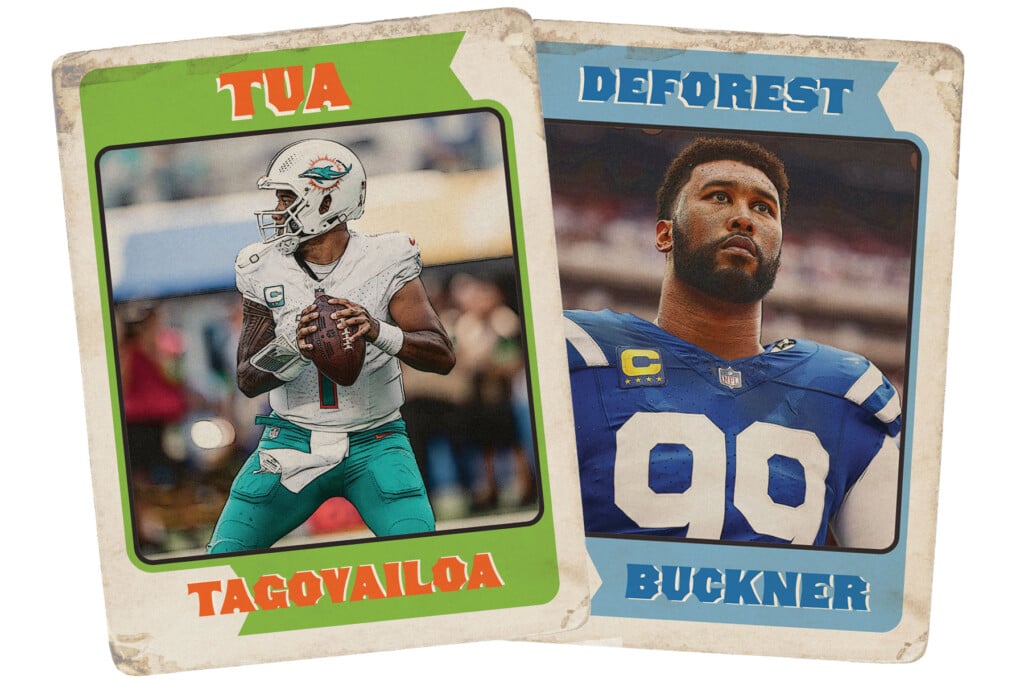Hawaii Golf Courses Avoid Local Sand

Hawaii is known worldwide for its beautiful beaches, but most local golf courses import their sand from Vietnam or California. In fact, golf-course and athletic-field constructors prefer the more manageable, industrial varieties of sand based on silicon dioxide, as opposed to regular sand.
“Silica sand is less contaminated than beach sand, which makes it more suitable for our uses,” says Clarence Nakatsukasa, executive director of the Hawaii Golf Course Superintendents Association. Those uses include a foundation for putting greens; the maintenance processes of aeration and top dressing; and a filler in dry hazards, also known as bunkers and sand traps.
Grass on golf courses typically grows on shallow soil laid on top of a 12-inch layer of sand, a construction that allows for efficient drainage. For optimal aeration, the United States Golf Association recommends that at least 60 percent of this “root zone mixture” consist of medium to coarse sand particles ranging in size from 0.25 to 1.0 millimeter. Unlike natural sand, the special golf course assortment is manufactured with these requirements in mind.
Over time, the traffic from golf carts, mowing equipment and players compacts the soil and blocks the airways around grassroots. So, golf course superintendents periodically dig miniature holes out of the turf, which they later fill with sand. The material is used to improve grass health and playability through “top dressing,” a practice in which sand (preferably matching the foundational layer) is sprinkled on the greens.
The most visible uses of sand on golf courses are the bunkers or sand pits. Interestingly, Nakatsukasa says, that’s where many golf-course superintendents compromise and use generic types of sand.






